Hailstones are nature’s icy missiles that plummet from the skies, sometimes with jaw-dropping ferocity. These spheres of ice, sculpted by atmospheric forces, vary widely in size and impact. While most hailstones are small, some grow to enormous sizes, causing significant damage and drawing great interest from meteorologists and the public alike.
Understanding Hail Formation

Hailstones form within thunderstorm updrafts. As raindrops ascend into the colder upper regions of a thunderstorm, they freeze. Additional water droplets collide and freeze onto these ice balls, allowing them to grow larger. The buoyant updrafts can repeatedly throw these stones upward within the cloud, adding more icy layers until they become too heavy to be supported and fall to the ground.
The Giant of Vivian, South Dakota
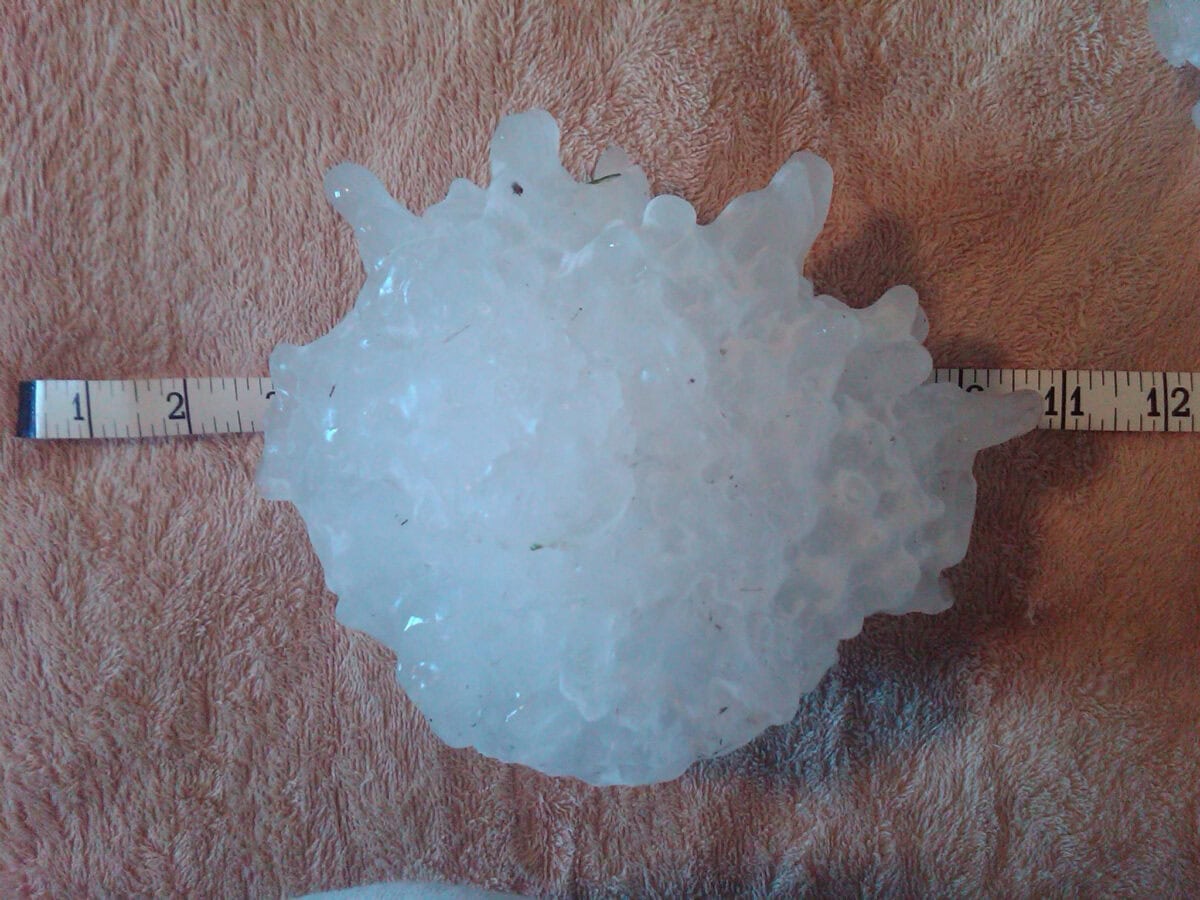
One of the largest hailstones ever recorded in the United States fell in Vivian, South Dakota, on July 23, 2010. This behemoth measured 8 inches in diameter and weighed nearly 2 pounds. Its discovery post-storm led to significant media coverage and heightened interest in weather phenomena. Measurements from this hailstone were meticulously recorded, cementing its place in meteorological history.
The Echoing Impact of Aurora, Nebraska
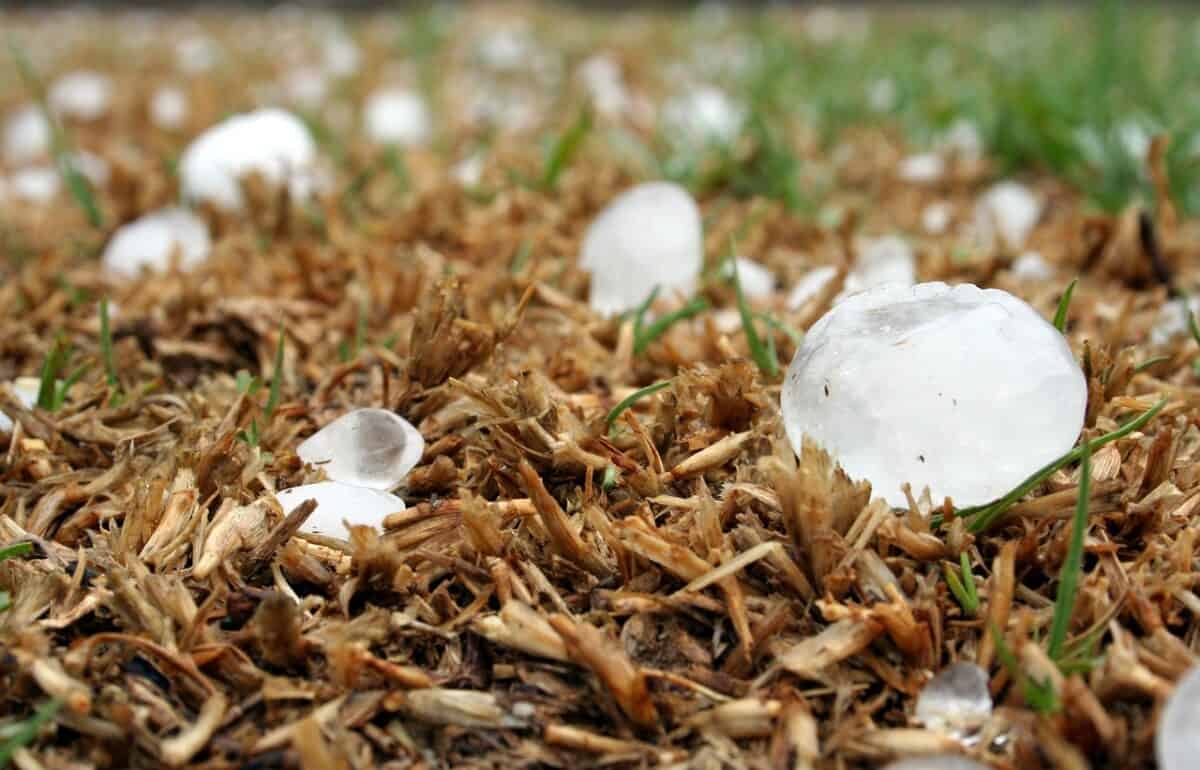
In June 2003, Aurora, Nebraska, experienced a similarly memorable hailstorm. A hailstone measuring 7 inches in diameter was documented—a size that, at the time, matched the largest known in U.S. history. It was part of a significant storm system that caused considerable property damage, emphasizing the potential destructive power of such meteorological events.
Unprecedented Damage and Associated Costs

Hailstones of giant proportions inflict substantial damage upon impact. They can shatter car windshields, punch holes through roofs, and devastate crops, incurring millions in repair and insurance costs. For a community hit by a severe hailstorm, the aftermath can include months of recovery and financial strain.
Economic Ramifications on Communities
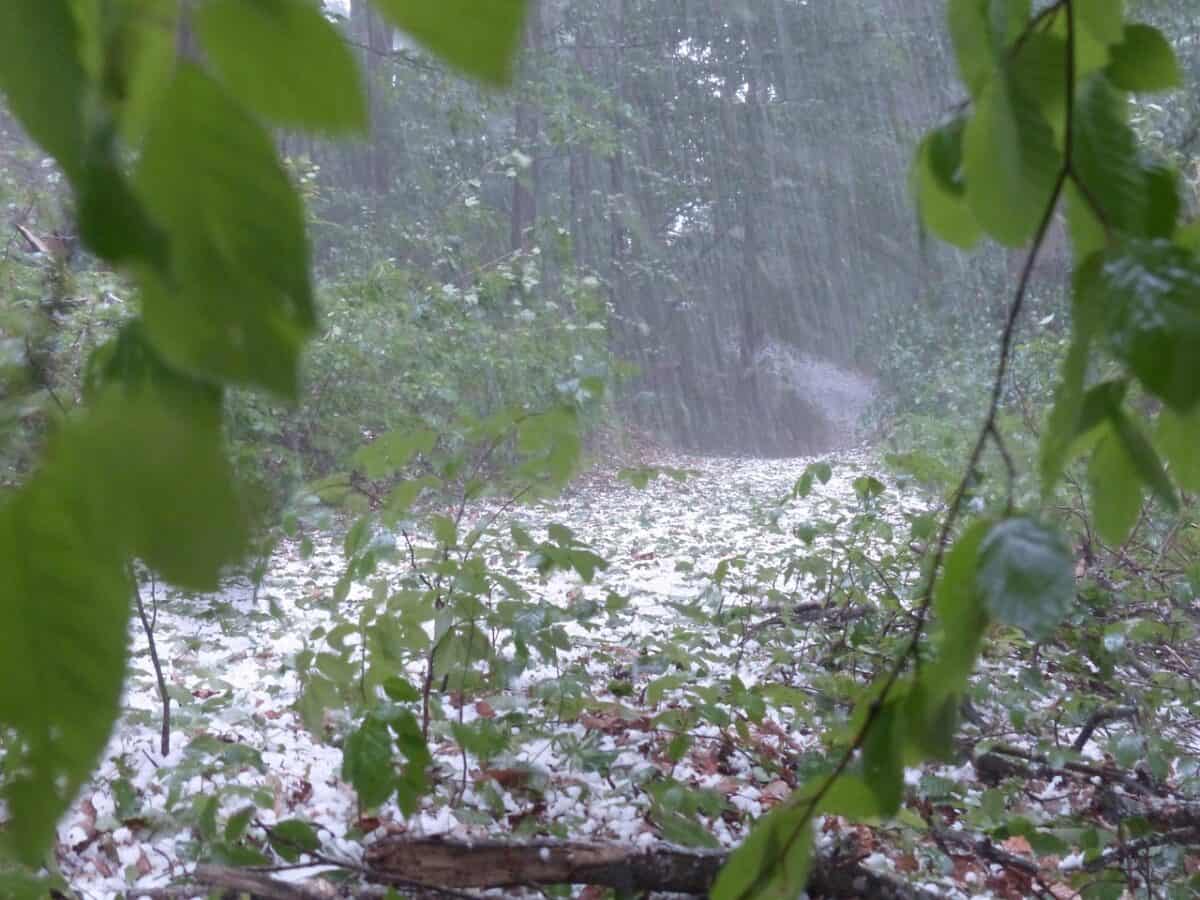
The economic impact of large hailstones extends beyond immediate physical damage. Agriculture, particularly vulnerable to hail, can suffer significant crop loss, affecting food supply and farm incomes. Repair costs increase demand for services, sometimes overwhelming local businesses and affecting local economies.
The Role of Meteorological Observations
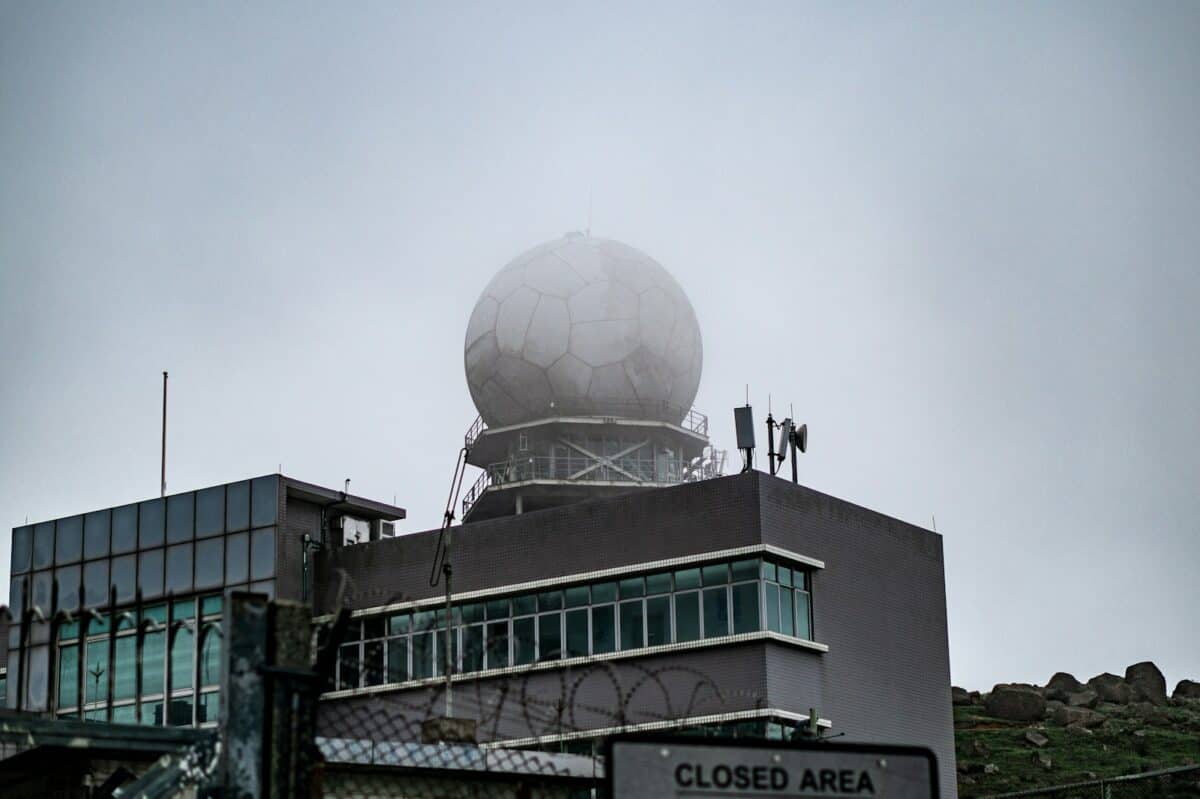
Meteorological studies help predict and understand hailstorms. Advanced radar technology and improved storm tracking allow scientists to identify conditions conducive to hail formation, often providing crucial lead time for communities to prepare. This ongoing research is vital in mitigating hail-related risks.
Preparing for Future Hailstorms

Preparedness is key when dealing with potential natural disasters like hailstorms. Communities are encouraged to develop response plans, including designated safe areas during storms and awareness programs that educate the public on the risks and signs of severe weather.
Insurance and Financial Planning

Given the damage hailstorms can cause, having appropriate insurance coverage is essential. Homeowners, farmers, and vehicle owners should review policies to ensure adequate protection against hail-related damage. Understanding policy details can prevent future financial hardship after a storm hits.
Future Research in Hailstone Dynamics

Ongoing research in meteorology aims to improve the prediction and understanding of hail formation and size. Scientists study the dynamics of thunderstorms and the conditions that lead to the development of giant hailstones to better forecast and manage future storm risks.
Environmental Influences on Hailstone Growth

Environmental changes affect hailstorm frequency and intensity. Climate change poses potential alterations in atmospheric conditions, possibly influencing hail formation and size. Understanding these influences is crucial for long-term weather forecasting and community preparedness strategies.
Lessons Learned from Historical Hailstorms
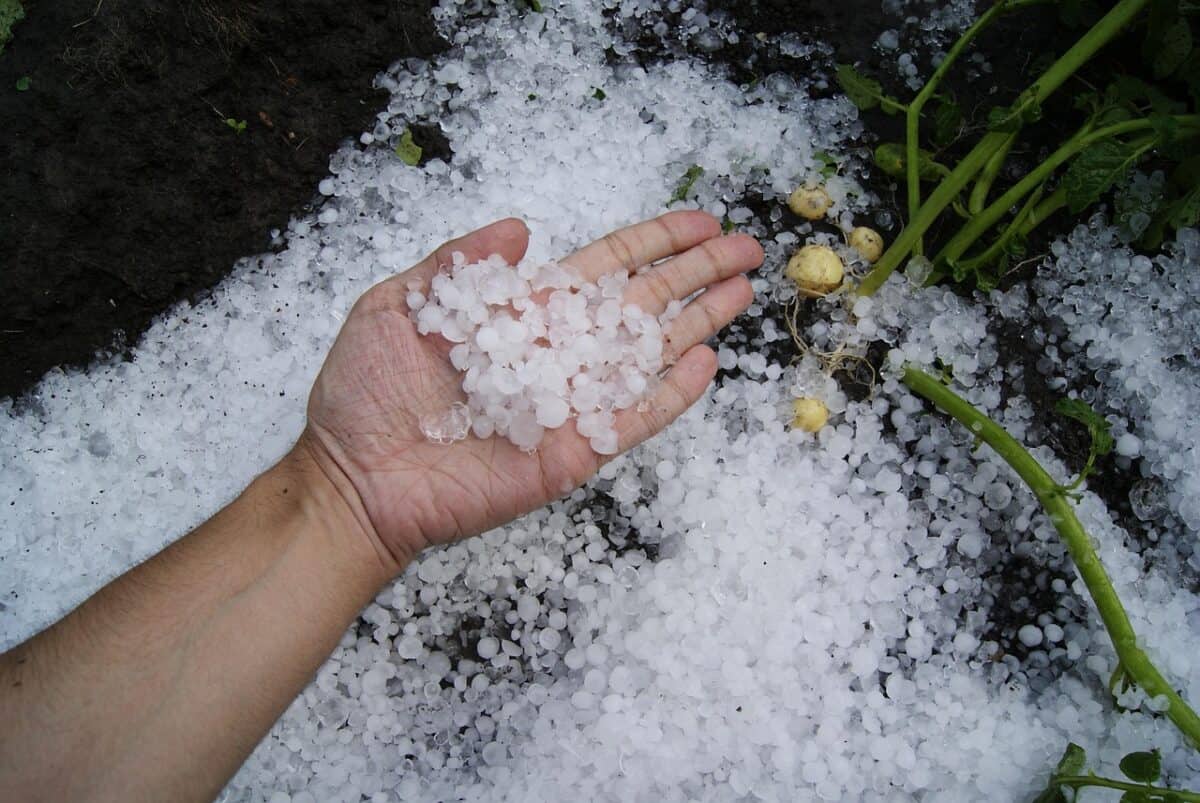
Past hailstorms provide insights into their potential impact and guide improvements in forecasting and emergency response. Lessons learned inform policy-making, urban planning, and building codes designed to better withstand future storms and minimize damage.
The Community Response to Hailstorms

Community resilience is pivotal in the wake of hailstorms. Collaborative efforts in communication, emergency response, and recovery can significantly mitigate the impacts. Stories of neighbors helping each other and communities banding together demonstrate the human spirit’s strength in facing nature’s formidable power.
Hailstones, especially those of substantial size, are an awe-inspiring aspect of meteorology that carry significant implications for damage and community impact. Understanding their formation, ensuring preparedness, and improving predictive capabilities are crucial in mitigating their potential harm. The lessons gleaned from past storms continue to inform and improve our responses, underscoring the importance of being informed and prepared for these natural events.
- Capuchins Crack Nuts With Rocks - August 18, 2025
- The Slowest Animal Is Not the Sloth - August 18, 2025
- The Biggest Hailstone Ever Recorded—And How Much It Weighed - August 18, 2025

